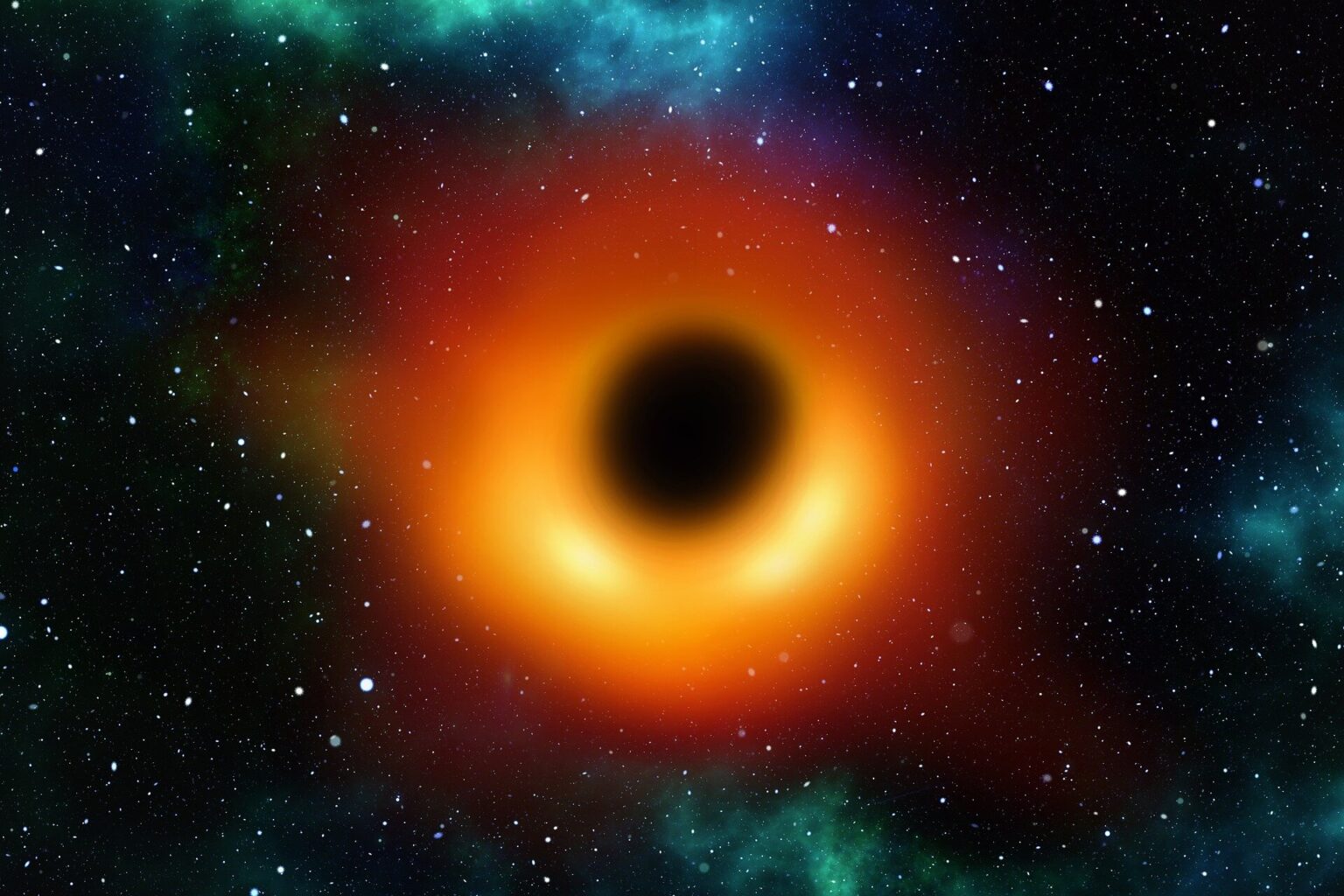A group of scientists working with the James Webb Space Telescope discovered a black hole in an incredible distance, the radiation of which is unusually shifted to the red region of the spectrum. They explain this feature of it by the huge amount of dust that surrounds it.

An incredibly red black hole
Scientists from Israel’s Ben-Gurion University, who work with the James Webb Space Telescope, recently discovered an amazing black hole that turned out to be incredibly red. It usually means that the peak brightness of the radiation that surrounds it is shifted towards longer waves.
In general, black holes do not emit anything. However, when such an object has mass millions of times that of the sun and is located in the center of a galaxy, it can absorb an incredible amount of mass from its surroundings.
At the same time, some of this gas and dust turns into radiation. Jets coming out of the poles of a supermassive black hole are especially powerful. We call this phenomenon a quasar, but in the case of a newly discovered star, scientists are dealing with an even stranger phenomenon.
What they saw through the gravitational lens
This all started with the study of the galaxy cluster Abell 2744. It is far from being at a record distance from us, but it is so massive that its gravitational force bends the light passing nearby. The effect of a gravitational lens occurs. It collects and focuses light, so that you can see the objects that are behind it.
And when scientists looked closely at what the gravitational lens showed to the James Webb Telescope, they saw three tiny red spots. The shifting of the lines in the spectrum told them that they had seen an object that existed only 700 million years after the Big Bang.
In fact, all three points are an image of the same phenomenon, the light from which simply goes in several different ways. But what is it really? Scientists immediately suspected that it was a quasar, because it was too small for an entire galaxy. However, the spectrum of this object turned out to be too strange.
Finally, the abnormally high brightness in the red part of the spectrum was explained by the fact that there was an incredible amount of dust around the black hole. It passes this part of the radiation well, and delays the rest.
However, the really strange thing was that, according to estimates, the mass of the black hole is too large for its galaxy. Recently, scientists have already encountered such a phenomenon. It seems to have been quite common at the beginning of the universe. And that now the standard concepts will have to be revised.
According to phys.org
Follow us on Twitter to get the most interesting space news in time
https://twitter.comne/ust_magazine


